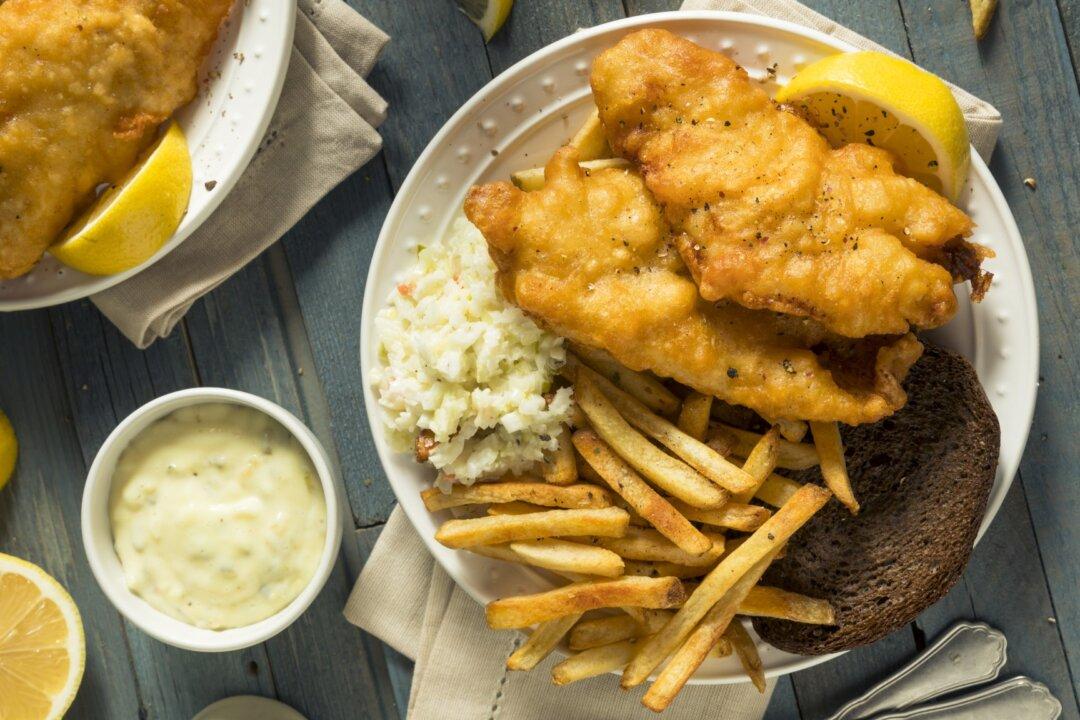Wisconsin didn’t invent fried fish, but they certainly have made the Friday fish fry a cultural imperative. Few restaurants, taverns, or supper clubs—or for that matter, church basements—skip the tradition during Lent, the Christian 40-day period of preparation for Easter, but the meal has taken on a life of its own. Let me explain.
From the early days of Christianity, Fridays were considered days of abstinence out of respect toward the crucifixion of Christ. In the 9th century, Pope Nicholas I made it specifically a meat issue. Fish—who may be offended they don’t rate as flesh—were still allowed, as they weren’t the meat of a warm-blooded animal. Ergo, they became a favored Friday protein source. No, the fish allowance wasn’t a secret deal between the Vatican and Big Fish. Still, it doesn’t explain the frying.





